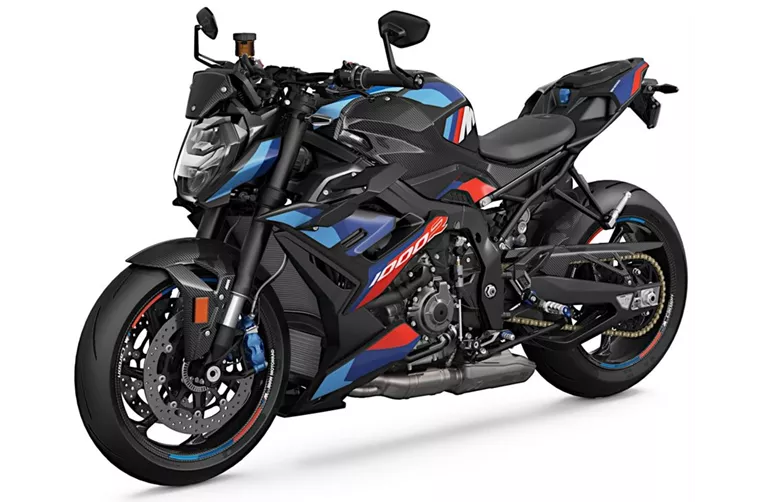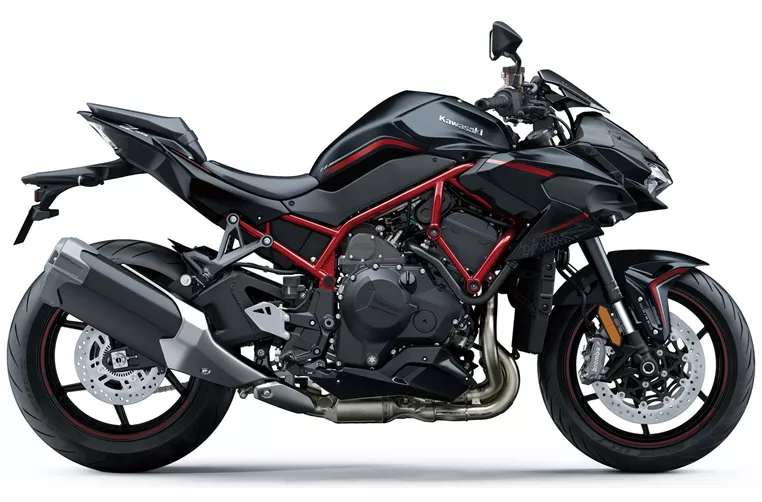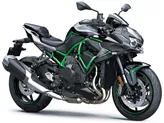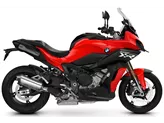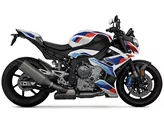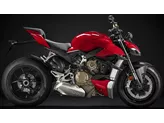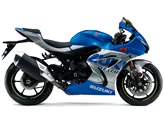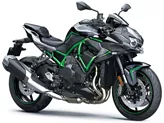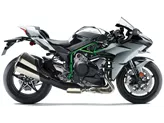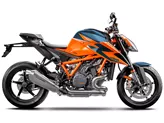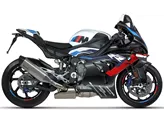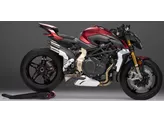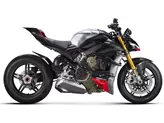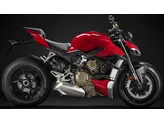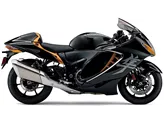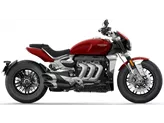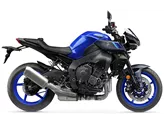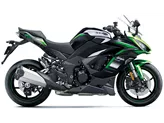BMW M 1000 R 2023 vs. Kawasaki Z H2 2020
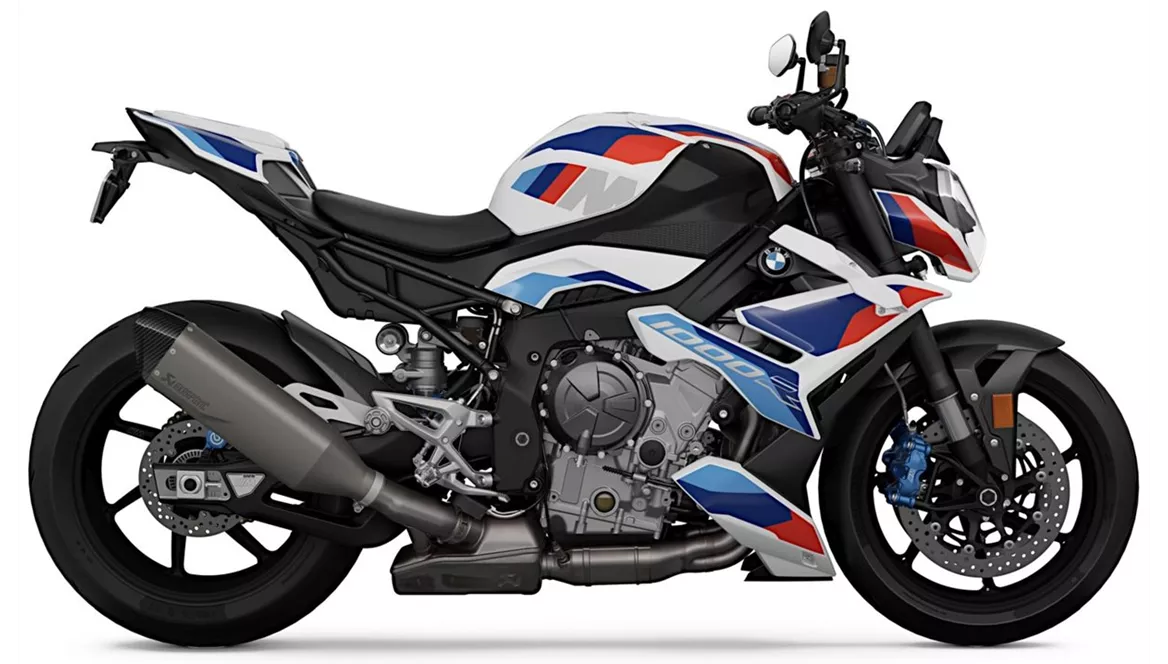
BMW M 1000 R 2023
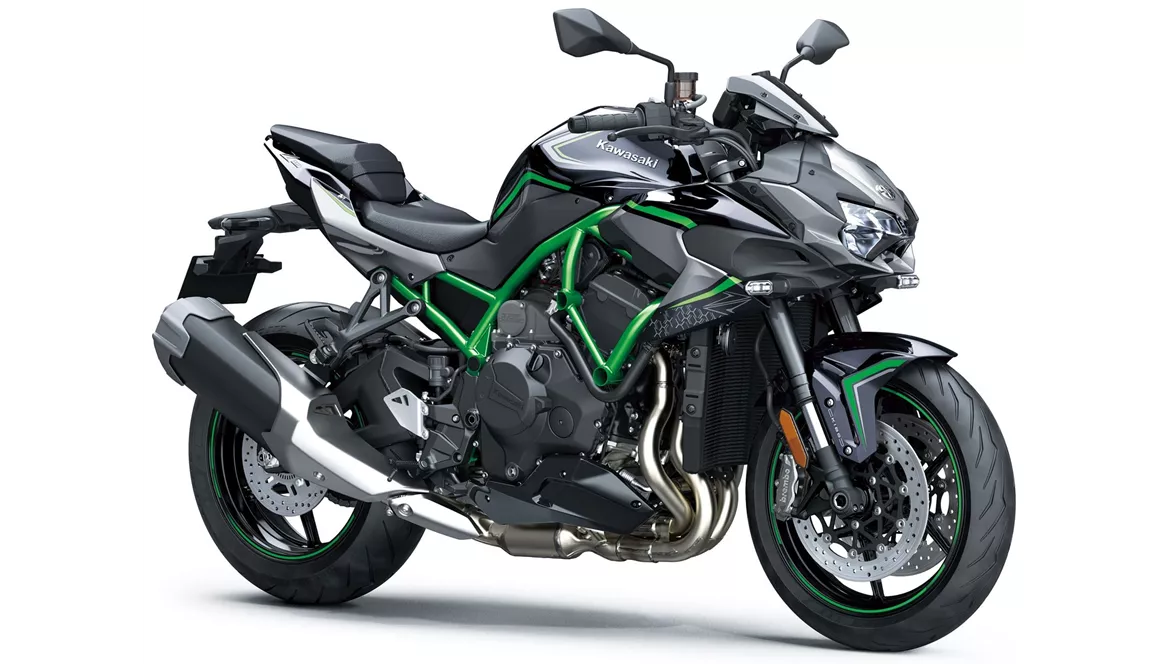
Kawasaki Z H2 2020
Overview - BMW M 1000 R 2023 vs Kawasaki Z H2 2020
The BMW M 1000 R 2023 and the Kawasaki Z H2 2020 are both powerful naked bikes with inline engines and similar engine displacements. However, there are several differences between the two models.
In terms of engine power, the BMW M 1000 R 2023 has a slight advantage with 210 HP compared to the Kawasaki Z H2 2020's 200 HP. The BMW also has a torque of 113 Nm, while the Kawasaki has a higher torque of 137 Nm. Both bikes have fuel injection systems and liquid cooling.
When it comes to suspension, both bikes feature upside-down telescopic forks in the front and swing arm suspensions in the rear. The BMW M 1000 R 2023 offers more adjustability with compression, preload, and rebound adjustments for both the front and rear suspensions. The Kawasaki Z H2 2020 also has compression, preload, and rebound adjustments, but lacks the level of adjustability offered by the BMW. Additionally, the rear suspension of the BMW is made of aluminum, while the Kawasaki's material is not specified.
In terms of chassis, the BMW M 1000 R 2023 features an aluminum frame with a twin tube, load-bearing engine design. On the other hand, the Kawasaki Z H2 2020 has a steel frame with a tubular design.
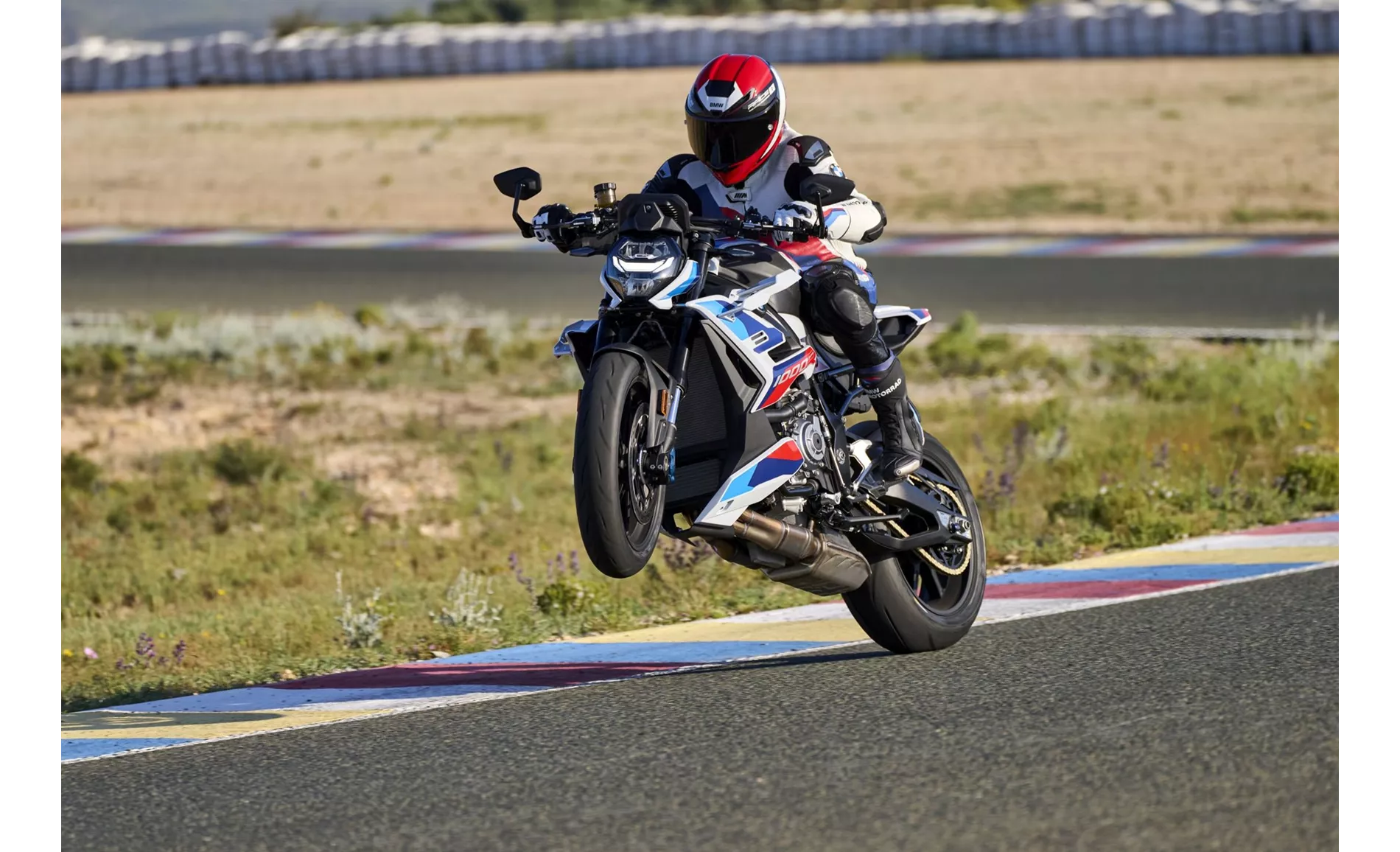
BMW M 1000 R 2023
Both bikes have double disk brakes in the front with a diameter of 320 mm and four pistons. The BMW M 1000 R 2023 has radial technology for its front brakes, while the Kawasaki Z H2 2020 has radial and monoblock technology.
In terms of advanced rider assistance systems, both bikes offer ABS, riding modes, cornering ABS, launch control, ride by wire, traction control, and anti-wheelie features. The BMW M 1000 R 2023 also includes additional features such as suspension electronically adjustable, dynamic suspension, shift assistant with blipper, cruise control, and connectivity. The Kawasaki Z H2 2020 has a quickshifter in addition to the aforementioned features.
In terms of dimensions and weights, both bikes have a front tire width of 120 mm and a diameter of 17 inches. The BMW M 1000 R 2023 has a wider rear tire with a width of 200 mm compared to the Kawasaki Z H2 2020's 190 mm. Both bikes have a wheelbase of around 1450-1455 mm, but the BMW has a slightly higher seat height of 840 mm compared to the Kawasaki's 830 mm. The BMW M 1000 R 2023 also has a lower kerb weight of 199 kg compared to the Kawasaki Z H2 2020's 239 kg. Additionally, the Kawasaki has a larger fuel tank capacity of 19 liters compared to the BMW's 16.5 liters.
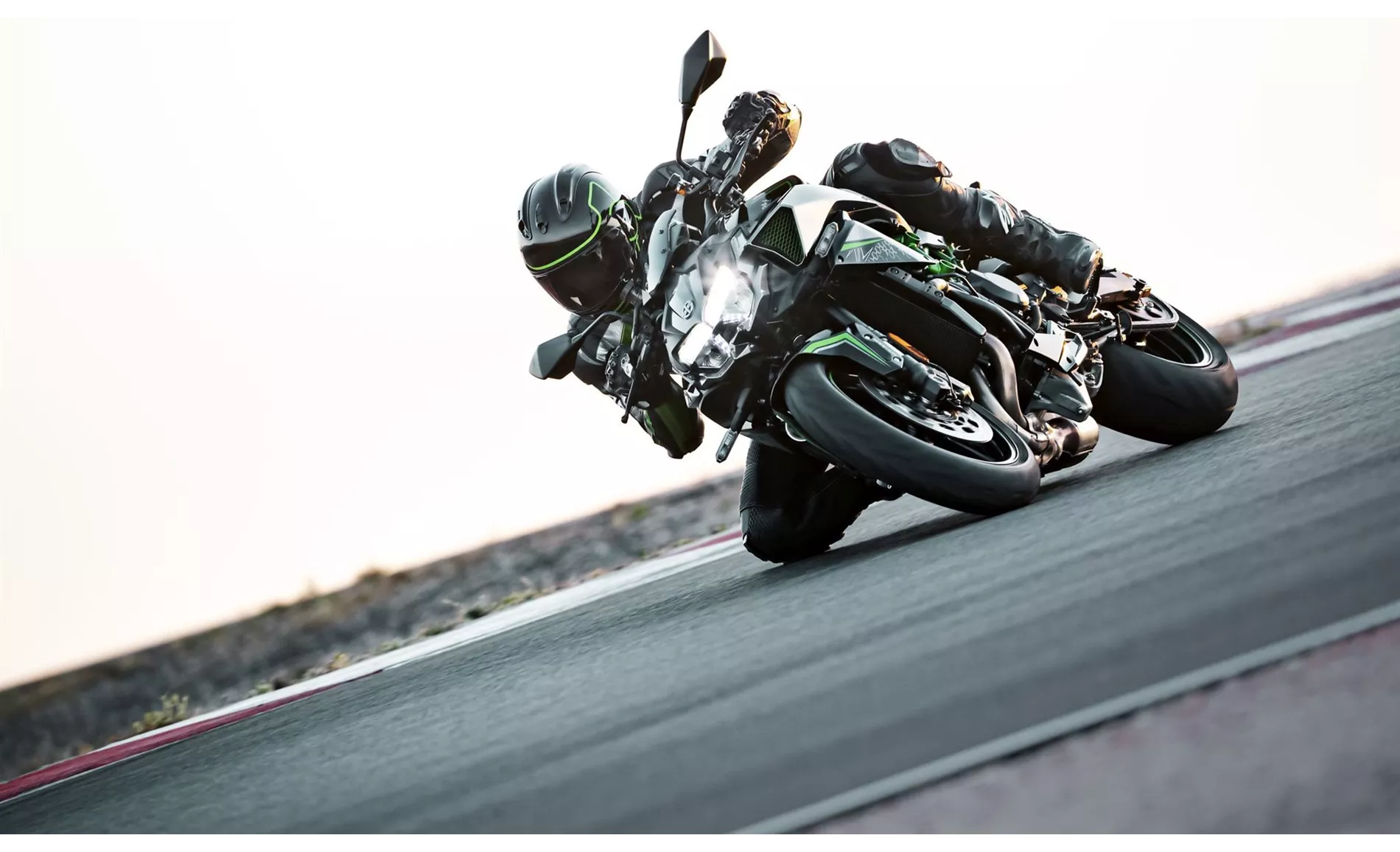
Kawasaki Z H2 2020
In terms of equipment, both bikes feature LED daytime running lights, LED headlights, and TFT displays. The BMW M 1000 R 2023 includes additional features such as connectivity, heated grips, and a keyless system.
In terms of strengths, the BMW M 1000 R 2023 is praised for its powerful and controllable motor, great and adjustable electronics, good feedback from the chassis, stable brakes, and surprising maneuverability. It also offers standard cruise control and heated grips, which are beneficial for country road use. On the other hand, the Kawasaki Z H2 2020 is praised for its incomparable engine with full power, easy-to-control power unit, pleasant seating position, high riding comfort for a naked bike, quiet but charismatic sound, stable and transparent handling, and carefree everyday riding experience.
As for weaknesses, the BMW M 1000 R 2023 is criticized for its high price. The Kawasaki Z H2 2020, on the other hand, has some weaknesses such as a quickshifter that makes interventions that take too long, a suspension strut that becomes a bit spongy during sporty riding, and a lack of exclusive components for an exclusive motorcycle.
Overall, both the BMW M 1000 R 2023 and the Kawasaki Z H2 2020 have their own strengths and weaknesses, and the choice between the two would depend on individual preferences and priorities.
Technical Specifications BMW M 1000 R 2023 compared to Kawasaki Z H2 2020
Pros and Cons in comparison
Pros and Cons in comparison
BMW M 1000 R 2023

The M 1000 R is definitely well done and the whole package fits. Even though it is certainly aimed more at sporty riders, the bike can also prove itself well on longer country road rides with minor restrictions in terms of riding comfort. The lower, straight handlebars and forward seating position in combination with the higher footrests automatically result in a sportier dynamic that does not give rise to couch feelings, especially on longer rides. On the other hand, there is good contact with the front wheel and sufficient lean angle freedom. In combination with the powerful drive, the Hyper Naked definitely plays in the top league. Apart from slight vibrations, the powerful RR engine is a force to be reckoned with in the naked segment. The new electronics help even less experienced riders to release the concentrated power in a controlled manner with conservative settings.
Kawasaki Z H2 2020
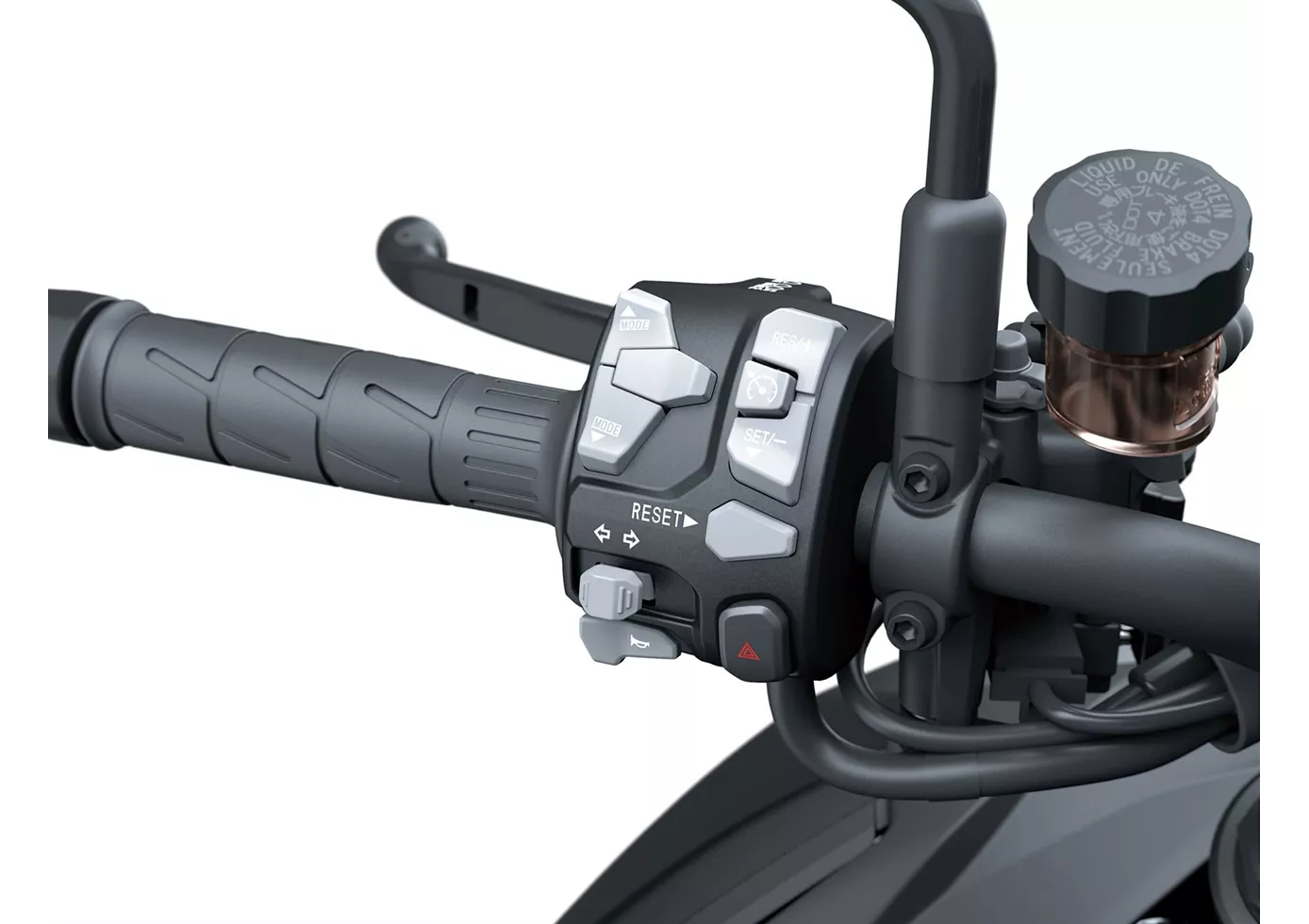
The fascinating power unit of the Kawasaki not only inspires as a motif for quartet cards or at the regulars' table. The engine is made for practical use. In the saddle of the bike, you can enjoy the thrust in every situation. Commands from the throttle are implemented directly, intensively but also controllably. However, the bike is not an athletic sportsman but a beefy naked bike. It always scores when sovereignty and power are required.
Price Comparison Avarage Market Price BMW M 1000 R vs Kawasaki Z H2
There are a few key differences between a BMW M 1000 R 2023 and a Kawasaki Z H2 2020. In terms of price, the actual average price of a BMW M 1000 R 2023 is about 81% higher. Compared to Kawasaki Z H2 2020 there are less BMW M 1000 R 2023 bikes available on the 1000PS.de Marketplace, specifically 7 compared to 10. It takes less time to sell a BMW M 1000 R with 40 days compared to 148 days for a Kawasaki Z H2. Since model year 2023 1000PS.de editors have written 6 reviews for the BMW M 1000 R and 14 reviews for the Kawasaki Z H2 since model year 2020. The first review for the BMW M 1000 R was published on 10/11/2022 and now has more than 51,800 views. This compares to more than 82,500 views for the first review on Kawasaki Z H2 published on 10/10/2019.
